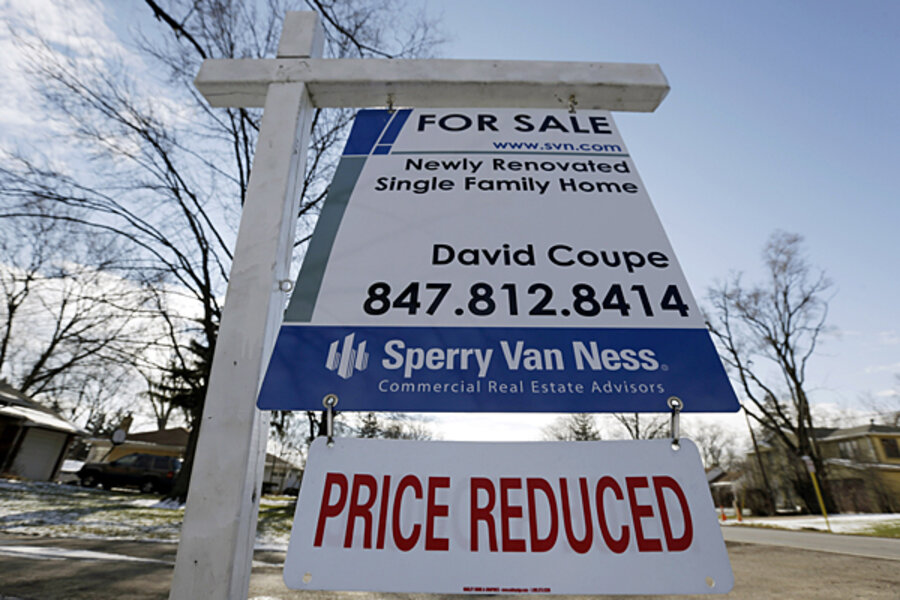New federal rule to prevent mortgage crisis: how it affects you
A new federal rule issued Thursday aims to make the nation safe from mortgage meltdowns like the one that ravaged the economy in 2008.
It's called the "ability to repay" rule, setting guidelines to make sure mortgage borrowers generally will be able to afford the monthly payments when they buy a home.
At the rule's core is this: A borrower's monthly debt payments shouldn't exceed 43 percent of monthly income.
The measure is being announced at a time when high-risk home loans are no longer the economy's big problem. The housing market is still struggling to recover from the massive boom and bust cycle that ended with the recession and financial crisis. Credit conditions today are relatively tight.
But this isn't a case of regulators simply fighting a previous war. Housing and credit tend to flow in cycles, and at some point the spirit of boom times and free-flowing loans could come back.
The Consumer Financial Protection Bureau (CFPB), which issued the rule, had a delicate task – to bar the door against some of the worst practices of the subprime lending era, while not stifling a nascent recovery of housing market activity at a time of still-high unemployment.
Protecting consumers from high-risk borrowing is a top concern for Democrats who supported the Dodd-Frank financial reforms after the financial crisis. That legislation created the CFPB and called for it to issue mortgage guidelines. Republicans, meanwhile, widely criticized the CFPB's creation as regulatory overkill.
“When consumers sit down at the closing table, they shouldn’t be set up to fail with mortgages they can’t afford,” said Richard Cordray, director of the Consumer Financial Protection Bureau, in a statement accompanying the rule. “Our Ability-to-Repay rule protects borrowers from the kinds of risky lending practices that resulted in so many families losing their homes.”
The rule is slated to go into effect in January 2014. Industry experts say its new "qualified mortgage" guidelines will become the standard by which most home loans are written.
Key features of the rule are:
No more "no-doc loans." Lenders will have to document a borrower’s employment status, income, assets, and debts.
Can the borrower afford it? Lenders must conclude that the borrower can repay the loan. After an initial transition period, mortgage lenders will need to ensure that borrowers won't be left with debt payments exceeding 43 percent of their income, factoring in things like credit cards alongside mortgage payments.
Dim view of "teaser rates." Lenders can’t base their evaluation of a consumer’s ability to repay on initial "teaser" interest rates.
Cap on up-front points and fees. A so-called qualified mortgage will limit fees including those used to compensate loan originators, such as loan officers and brokers.
No toxic loan features. A qualified mortgage cannot have risky loan features, such as terms that exceed 30 years, interest-only payments, or negative-amortization payments where the principal amount increases.






